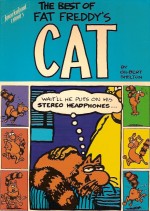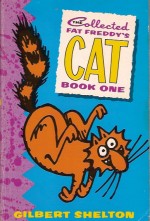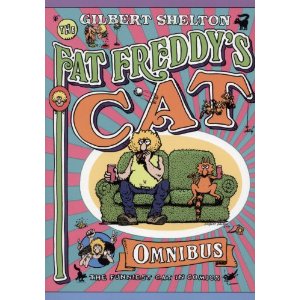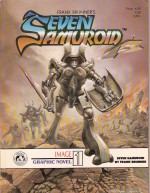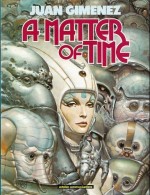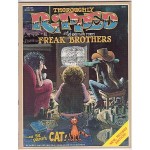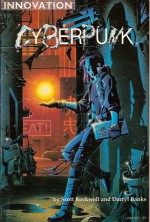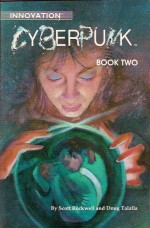
By Brian Michael Bendis & Sara Pichelli (Marvel/Panini UK)
ISBN: 978-1-84653-503-1
When the Ultimate Comics Spider-Man died writer Brian Michael Bendis and Marvel promised that a new hero would arise from the ashes…
Marvel’s Ultimates imprint began in 2000 with a new post-modern take on major characters and concepts to bring them into line with the tastes of 21st century readers – apparently a wholly different market from those baby-boomers and their descendents content to stick with the precepts sprung from founding talents Jack Kirby, Steve Ditko and Stan Lee… or simply those unable or unwilling to deal with the five decades (seven if you include the Golden Age Timely tales retroactively co-opted into the mix) of continuity baggage which saturated the originals.
Eventually even this darkly nihilistic new universe became as continuity-constricted as its ancestor and in 2008 the cleansing event “Ultimatum†culminated in a reign of terror which excised dozens of super-humans and millions of lesser mortals in a devastating tsunami which inundated Manhattan courtesy of mutant menace Magneto.
In the aftermath Peter Parker and his fellow meta-human survivors struggled to restore order to a dangerous new world.
Spider-Man finally gained a measure of acceptance and was hailed a hero when he valiantly and very publicly met his end during a catastrophic super-villain confrontation…
This collection (re-presenting the introductory teaser from Ultimate Comics Fallout #4 – August 2011 – and the follow-up Ultimate Comics Spider-Man: Who is Miles Morales? #1-5) introduces a new and even younger Arachnid Avenger and describes how, just like his predecessor, a troubled boy learned the painful price of misusing the unique gifts fate had bestowed…
The epic opens with a skinny kid having the poor taste to parade around town in a cheap imitation costume of fallen hero Spider-Man encountering and somehow defeating vicious super-villain The Kangaroo before the revelations begin by spinning back to the recent past where manic industrialist Norman Osborn repeats the genetic experiment which first gave Peter Parker his powers (see Ultimate Spider-Man volume 1: Power and Responsibility) via artificially-mutated spider bite.
Unfortunately the deranged mastermind didn’t expect a burglar to waltz in and accidentally carry off the new test subject as part of his haul…
When grade-schooler Miles Morales got into the prestigious and life-changing Brooklyn Visions Academy Boarding School by the most callous of chances, the brilliant African American/Latino boy quickly and cynically realised that life is pretty much a crap-shoot and unfair to boot. Feeling guilty about his unjust success and sorry for the 697 other poor kids who didn’t get a chance, he snuck off to visit his uncle Aaron.
The visit had to be secret since his uncle was a “bad influenceâ€: a career criminal dubbed The Prowler. Whilst there, a great big spider with a number on its back bit Miles and he began to feel very odd…
For a start he began to turn invisible…
Suddenly super-fast and strong, able to leap huge distances and fade from view, Miles rushed over to see his geeky pal Ganke, a brilliant nerd already attending Brooklyn Visions. Applying “scientific†testing the boy also discovers Miles can deliver shocking, destructive charges through his hands. When Miles goes home Ganke did more research and deduced a connection to the new hero Spider-Man; pushing his friend towards also becoming a costumed crusader.
However, after Miles assisted during a tenement fire, saving a mother and baby, shock set in and he decided never to use his powers again…
Time passed: Miles and Ganke had been roommates at the Academy for almost a year when news of a major metahuman clash rocked the city. The troubled Miles headed out and was a bystander at the scene of Spider-Man’s death.
Seeing a brave man perish so valiantly, Miles was once more consumed by guilt: if he had used his own powers when they first manifested he might have been able to help; to save a truly great hero…
As part of the crowd attending Parker’s memorial Miles and Ganke talked to another mourner, a girl who actually knew Parker. Gwen Stacy offered quiet insights to the grieving child which altered the course of his life forever: “with great power comes great responsibility…â€
Clad in a Halloween Spidey costume borrowed from Ganke, Miles took to the night streets for the first time and stopped the Kangaroo from committing murder…
His third night out the exhilarated boy encountered the terrifying and furiously indignant Spider-Woman who thrashed and arrested him, dragging him to Government agency S.H.I.E.L.D where Hawkeye, Iron Man and master manipulator Nick Fury coldly assessed him.
However, before they could reach a decision on Miles’ fate, the murderous Electro broke free of the building’s medical custody ward and went on a rampage.
Despite defeating all the seasoned heroes the voltage villain was completely unprepared for a new Spider-Man: especially as the boy had a whole extra range of powers including camouflage capabilities and an irresistible “venom-strike†sting…
As Miles considered the full implications of his victory, Fury imparted a staggeringly simple homily: “With great power…â€
Brian Michael Bendis and Sara Pichelli have crafted a stirring new chapter which is both engaging and intriguing and the volume also contains a gallery of alternate covers by Marko Djurdjevic and Pichelli.
Tense, breathtaking, action-packed, evocative and full of the light-hearted, self-aware humour which blessed the original Lee/Ditko tales, this is a controversial but worthy way to continue and advance the legend that Fights ‘n’ Tights addicts will admire and adore…
A British Edition ™ & © 2012 Marvel & Subs. Licensed by Marvel Characters B.V. and published by Panini UK, Ltd. All rights reserved.

